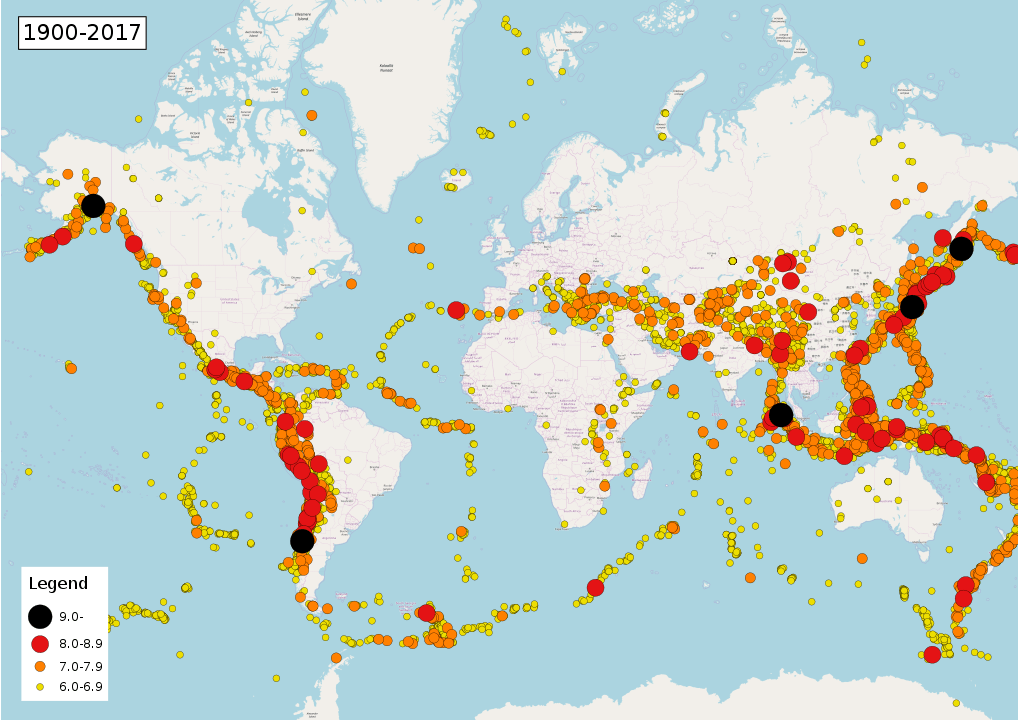Okay, this wasn’t the Big One. But the magnitude 6.4 and 7.1 earthquakes that rocked California on July 4th and 5th packed a punch in towns close to the epicenter of the quakes. USA Today reports on the impact of the quakes on Trona, California, a town already struggling with economic hard times (see: “Trona, California, was trying to bounce back. Then an earthquake hit. Then a bigger one,” by Chris Woodyard).
“Rock slides closed roads, cutting off the population of about 1,500,” the paper reported. “Electricity was lost, then restored. Drinking water was lost and is being trucked in as temperatures hover in the 90s.” Some homes were badly damaged, with residents sleeping outside in fear of further aftershocks.
The Los Angeles Times had a more detailed look at the damage from the earthquakes (see: “Damage to homes, but no deaths reported, in 7.1 magnitude California earthquake,” by Paloma Esquvel, Mark Puente, Giulia McDonnell, Nieto Del Rio, and Laura J. Nelson). “The Friday night earthquake was about 10 times larger than the July Fourth quake, seismologists said. Shaking was felt as far away as Phoenix, Las Vegas, Baja California and Reno, according to crowd-sourced data on the U.S. Geological Survey,” the paper reported.
The quakes were a wake-up call for Californians, who live with the knowledge that a much more powerful quake is certain to hit sometime. The New York Times has this report (see: “California Earthquake Is a Reminder That the Big One Lurks,” by Thomas Fuller and Nicholas Bogel-Burroughs). “For those near the epicenter of the earthquake that struck Southern California on Thursday, the ground jolted so violently that it bounced them off their feet,” the Times reported. “But such is the potential devastation of earthquakes in California that seismologists described it as only a moderate one that would not have any bearing on the inevitable arrival of a giant earthquake, which could unleash at least 30 times more seismic energy.”
The Times also had preparedness tips for people who live in earthquake country (see: “California Today: How to Prepare for the Next Big Quake,” by Jill Cowan). Example: keep shoes next to the bed at night in case you have to walk over broken glass.
In the aftermath of the July quakes, seismologists were keeping a wary eye on aftershocks, reported the Los Angeles Times (see: “Ridgecrest earthquake aftershocks move toward dangerous faults, sparking concerns of triggered temblors,” by Rong-Gong Lin II). “There’s a rule to seismology that will probably come as a disappointment to many — earthquakes don’t actually reduce the risk of future quakes; they increase them,” the Times noted. “Aftershocks of the magnitude 7.1 earthquake near Ridgecrest have been creeping into areas close to two major earthquake faults, a development that is generating interest and some concern among seismologists over whether it could trigger another huge temblor.”
